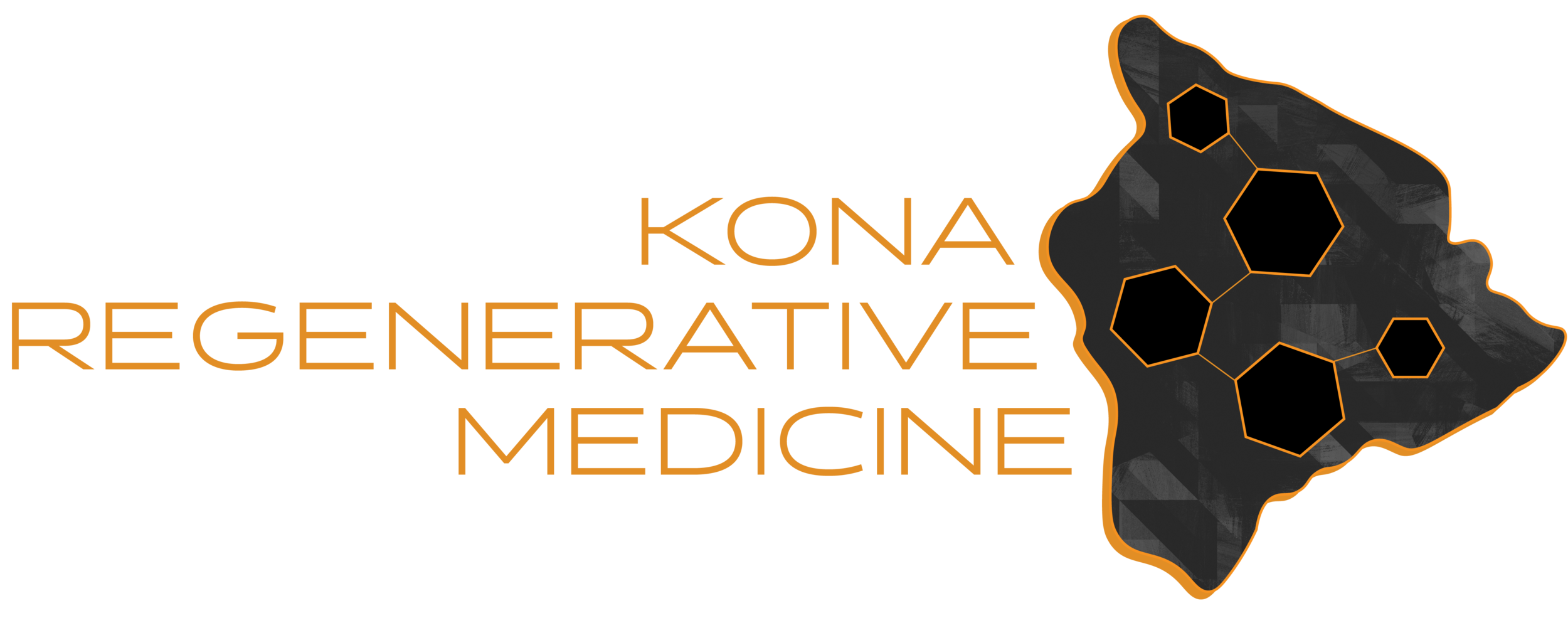HOW CAN PRP HELP ME?
Common Conditions Treated:
Muskuloskeletal
Spine - low back pain, herniated disc, sciatic pain, facet capsulitis, neck pain, chronic headaches/migraines
Pelvis - SI joint pain, sacroiliitis, ligament laxity or damage
Hip - osteoarthritis, labral tear, ligament laxity or damage
Knee - osteoarthritis, meniscus injury, ligament damage (ACL, PCL, MCL, LCL), jumper’s knee, quadriceps tendonitis
Ankle - osteoarthritis, ligament injury
Foot - osteoarthritis, plantar fasciitis
Shoulder - rotator cuff tear, labrum tear, ligament damage, adhesive capsulitis, tendonitis, osteoarthritis
Elbow - tennis elbow (lateral epicondylitis), golfer’s elbow (medial epicondylitis)
Wrist - carpal tunnel syndrome, ligament damage
Finger/Toe - trigger finger, joint inflammation
Muscle - tears & strains
Aesthetics
acne
aging
fine lines & wrinkles
hair loss
scars
skin pigmentation changes
sun damage
Sexual Optimization
dyspareunia
erectile dysfunction
peyronies disease
urinary incontinence/frequency/urgency
vaginal & clitoral rejuvenation
*Note some of these conditions may respond more favorably to exosomes, stem cells, prolotherapy or perineurial injection therapy. Each patient need is case by case.
HOW DOES PRP WORK?
The use of PRP originated out of research focused on discovering new treatments for accelerating wound healing. Scientists identified platelet cells were effective at launching the biochemical healing response.
Researchers used high concentrations of platelet cells extracted from whole blood then applied the solution directly to the open wounds. High concentrations significantly improved the rate & quality of healing compared to controls, ineffectually launching the use of PRP in mainstream medicine today.
Following an injury, platelet cells release tiny capsules called alpha-granules, which are full of very specific growth factors (proteins) that stimulate the surrounding tissues to begin a healing cascade. These include:
Platelet-derived growth factor (PDGF)
Transforming growth factor beta (TGF-b)
Vascular endothelial growth factor (VEGF)
Basic fibroblastic growth factor (bFGF)
Epidermal growth factor (EGF)
Platelet factor interleukin (IL)
Platelet-derived angiogenesis factor (PDAF)
Insulin-like growth factor (IGF-1)
Hepatocyte growth factor (HGF)
Fibronectin
Growth factors (proteins) contain the information responsible for proliferation, differentiation, chemotaxis and tissue morphogenesis following an injury. Platelets also use complex autocrine, paracrine and endocrine signaling mechanism to stimulate proliferation and differentiation of different mesenchymal stem cells in injury models.
PRP gives clinicians the ability to treat a wide array of painful musculoskeletal conditions related to connective tissues injuries including tendons, ligaments, collagen, fascia, and cartilage.
Does PRP help any other conditions?
PRP was traditionally used to treat musculoskeletal conditions, however the healing properties of PRP have been applied to fields of aesthetics. Autologous products like PRP are the most natural solutions to aid in tissue healing. Procedures like PRP micro-needling facials successfully treat acne, aging skin, scars and changes in skin pigmentation. PRP also works to arrest the process of hair loss (alopecia) in men and women.
PRP also treats various conditions related to sexual health and performance. By regenerating overall tissue health, PRP helps patients experience the benefits of healthy sexual organ function. The most common benefits from sexual optimization therapy include increased libido, heightened sensitivity and stronger more intense orgasms.
Please see our Regenerative Aesthetics page for more information.

